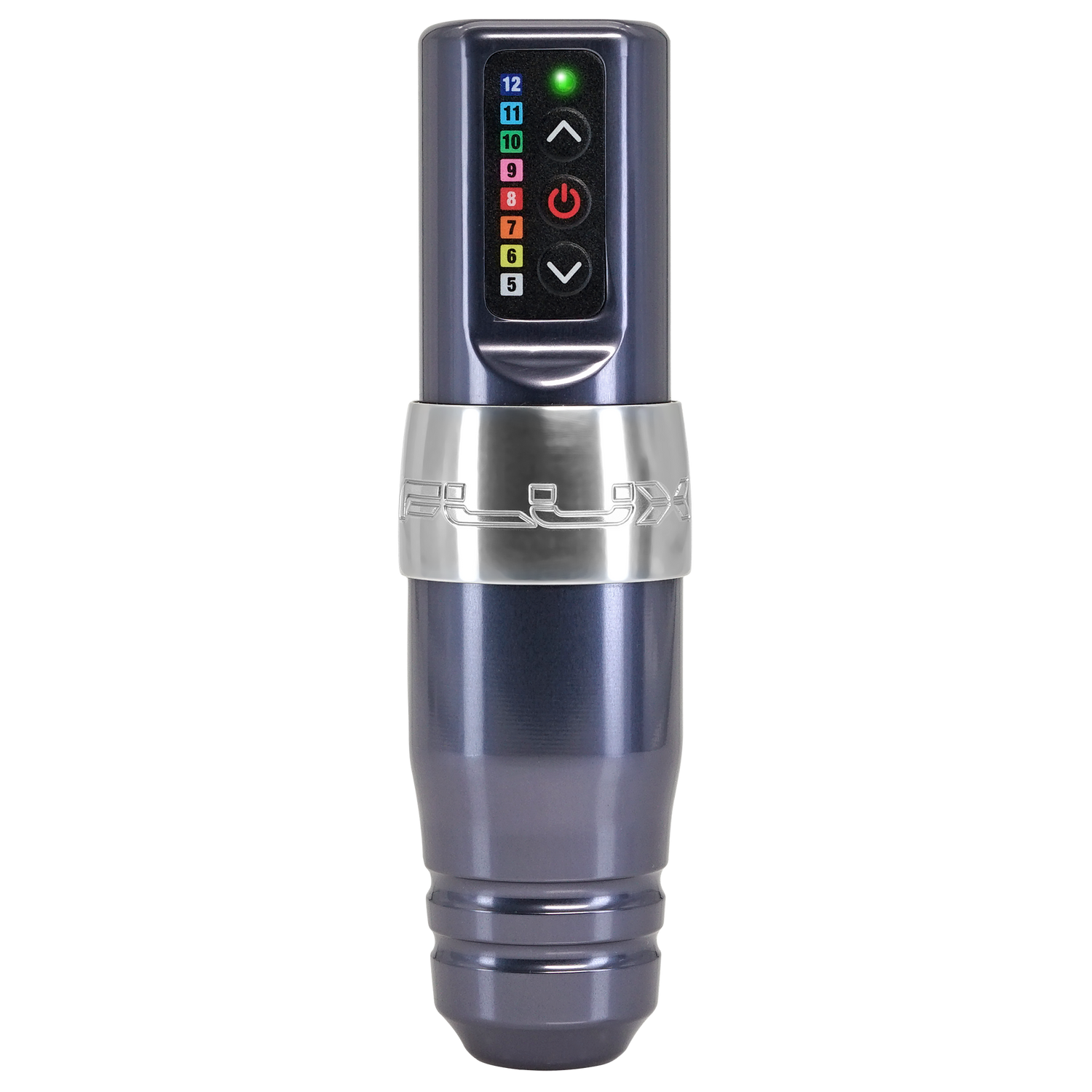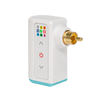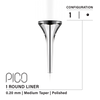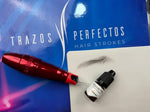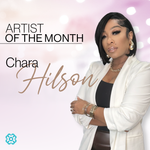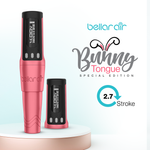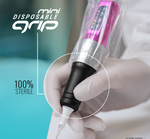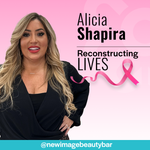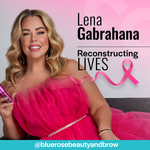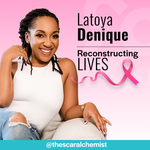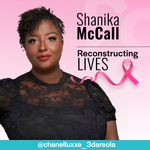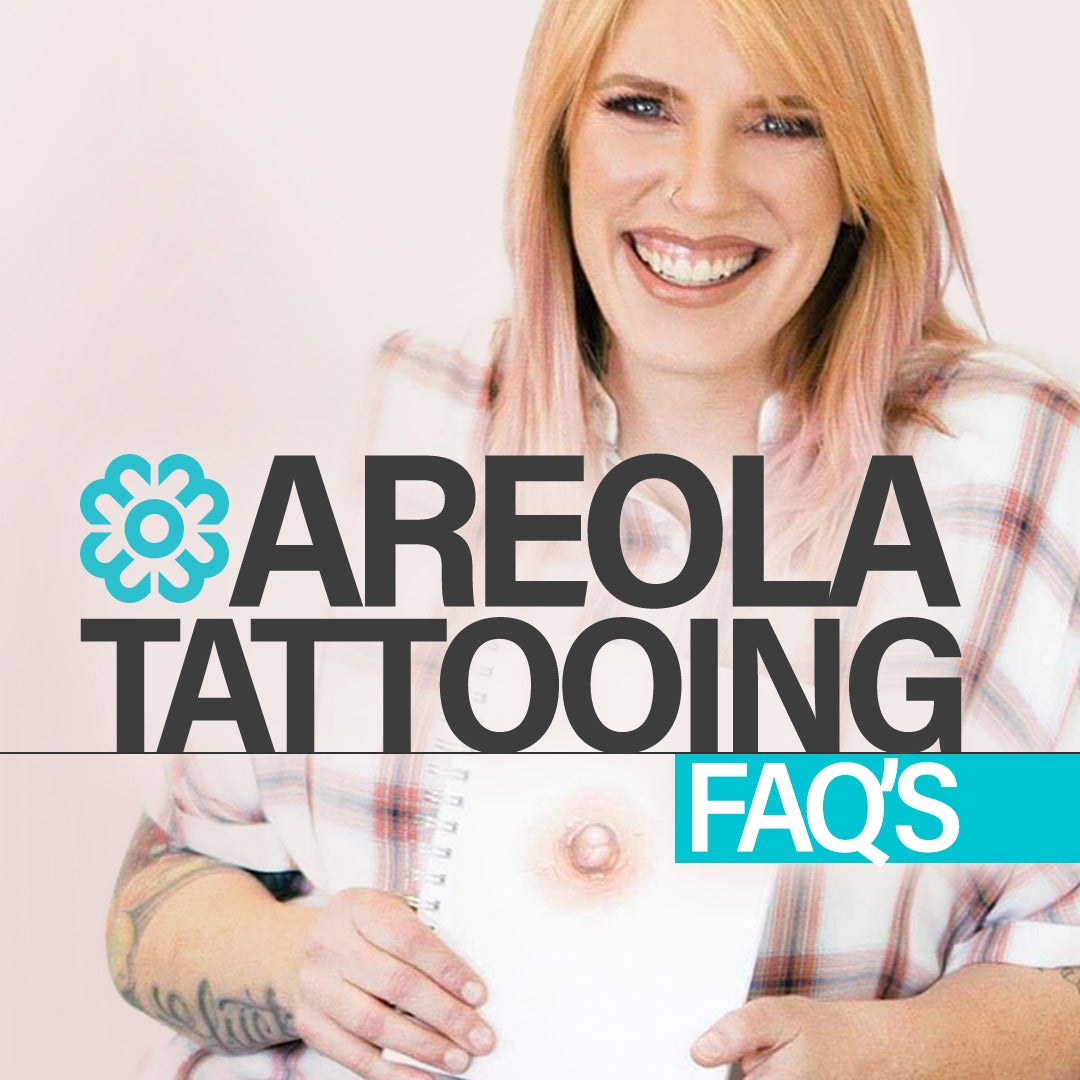
Stacie-Rae, aka "The Transformational Tattoo Artist," began with a love for art and took on an apprenticeship with a tattoo shop in the mid-90s. As a tattoo artist, her passion has grown into helping women gain victory over the same emotional and physical struggles that she experienced when she had her mastectomy.
Today, she's become an expert in her field and has even created products for other medical tattooing professionals. Her areola pigment set matches the colors of a wide range of women's skin; she's invented the world's first scarred practice skin (again representing all ethnicities); has created a needle cartridge set specifically for use on compromised tissue; has authored a book and gives tips on creating a 3D nipple effect.
Q: How and what got you into areola tattooing?
Stacie-Rae: I was tattooing for 15 years and at the height of my career when cancer came into my life, taking my mother and leaving me with a BRCA1+ diagnosis that lead to my decision to have a prophylactic mastectomy. This was sparked by the finding of a 'mass' that the doctors were worried was precancerous.
Q: What should a client know about areola tattooing?
SR: Clients should understand that because there is currently no regulation or prerequisites for training, so it is imperative to seek out a highly skilled specialist. They should definitely know that almost 100% of medical professionals who do nipple tattoos have no previous tattoo experience. Survivors deserve nothing but the best, especially after everything they've lost!
Q. How long is an areola tattoo procedure?
SR: I do my areolas in 20 minutes or less simply because any longer than that in that small area is very possibly causing trauma to that delicate tissue.
Q. What should a client look for in an areola tattoo artist?
SR: Experience and artistic ability! Tattooing in healthy tissue is one thing, but anyone who has ever watched a mastectomy video understands that following the breast amputation the blood flow is permanently altered, creating a unique set of challenges.
Q. How long does an areola tattoo last?
SR: Restorative tattooing of any kind requires permanence. The tissue is too delicate to require maintenance and easily becomes damaged further by ongoing trauma for touchups. Any permanent tattoo could use a freshening up once a decade to keep it looking sharp and dynamic.

Q. How do you create a 3D nipple?
SR: With a unique set of visual tricks using hard edges and soft edges and variations between the application of subtle and strong contrast.

Q. How does a person know when they are ready for the procedure?
SR: Physical readiness for an areola tattoo: A safe bet is to wait until the scars are no longer red, showing that they are no longer active and the scar tissue is now mature. Tattooing while the scars are red risks causing further damage to a growing cellular structure.
Emotional readiness for an areola tattoo: Facing a changed body is an incredibly brave and challenging thing to do. For myself, I don't know if I can ever fully love and accept my body without nipples. It really messes with you in ways that you could never be prepared for. There is a real element of "you don't know what you have until it's gone."
Q. Is this type of procedure covered by insurance?
SR: Yes, by many, although can still be a challenge to actually receive payment from many insurance companies. I would recommend survivors find an artist based on skillset rather than coverage. Most of us offer gifted procedures to those facing financial hardship, even if we're not billing insurance companies.
Q. You are an artist, a tattoo artist, you’ve written books, mentor and teach. What do you like the most?
SR: I LOVE teaching. This work is incredibly advanced and I just love the conversations that I get into with advanced tattooists about each specific challenge and how we can help survivors love their body again. I teach how to actually use tattoos to heal, which requires mastery prior to advancement, so teaching sets my soul on fire!
